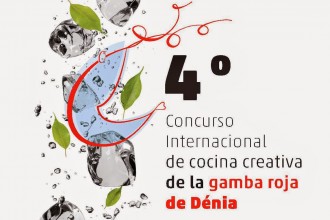Tradicionalmente se ha identificado «hacer conserva» con el proceso de disponer las hortalizas (tomate sobretodo, pero también pimiento, berenjena, judías, etc.) para guardarlas en conserva. Había que prepararlas y después ponerlas dentro de botes de vidrio o botellas (antes se hacía de esta última manera, tapándolas con tapones de corcho y sujetándolos con cordel, con el fin de conseguir un hermetismo más seguro). Una vez los recipientes llenos, hay dos maneras para conseguir hacer el vacío y medio-cocer los alimentos: ponerlo al horno (el tradicional, de las casitas de campo), después de cocer pan, cuando el calor ya no es tan fuerte, con una duración que puede alargarse hasta un día; o bien, poner las botellas o botes de vidrio al baño maría durante un tiempo determinado. De esta manera, se disponía de tomate todo el invierno y primavera siguientes, hasta la llegada de la nueva temporada de la hortaliza.
Texto de Joan Ivars
Traditionally «preserving» is associated with the processing of vegetables (especially tomatoes, but also peppers, aubergines, beans, etc.), which were prepared and stored in glass containers or bottles. In the past the latter were the most-commonly used and were closed as hermetically as possible with the help of a cork and a twine to hang them. Once the containers are filled, there are two ways to vacuum-seal them and cook the food partially. According to the first method, they are put in a traditional country-home oven after baking some bread, when the heat is not that strong, up to a maximum of one day. According to the second, instead, the bottles or containers were heated in a boiling-water bath for a certain period of time. This way, tomatoes were available during the entire winter and the following spring until the arrival its new season.




